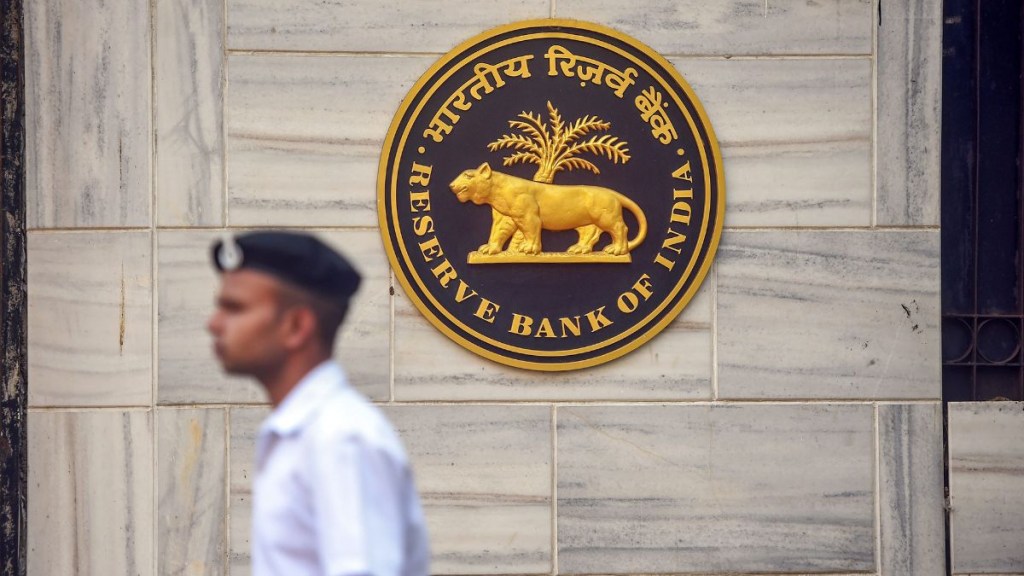RBI Pulls the Trigger on Growth: Reflation Begins
In his short tenure till date, RBI Governor Sanjay Malhotra has decisively deployed the ammunition in his war chest. The front loaded rate cut spoke loud and clear that the Reserve Bank of India (RBI) is boldly backing growth, and is a welcome move not only for the economy but also the market.
To be fair, his predecessor Shaktikanta Das had to contend with high inflation and a depreciating currency which curbed his ability to lower rates even when growth was suffering. Fortunately, inflation has been tamed giving the central bank the leeway to lower rates. When optimism was high on Trump being re-elected, the strength of the dollar rattled currencies, and resulted in the rupee hitting a lifetime low against the USD. The tide has turned and the weakened USD has also put the INR in a more favourable spot.
Let’s look at each of the pillars that influenced the RBI’s actions, and are impacted by it.
Liquidity
The CRR cut and third consecutive repo cut indicates the central bank clearly would like liquidity conditions to remain comfortable in the economy.
The RBI’s liquidity infusion has been aggressive over the past six months, via secondary market debt purchases, foreign exchange swaps and open market operations (OMOs). It recently concluded its final scheduled open market bond purchase and has not announced any more. It has now been complemented by a CRR cut.
Since February, RBI has effectively delivered a rate cut of 100bps.
The Cash Reserve Ratio (CRR)is to be reduced from 4 percent to 3 percent in four tranches of 25 bps each, commencing September 2025. The move is expected to infuse ₹2.5 lakh crore into the banking system over the coming months.
An obvious advantage to this liquidity infusion is the impact on lending rates. The cost of funding for banks get reduced and accelerates the monetary policy transmission to the credit market. However, only when liquidity is in surplus in a rate cut cycle does this transmission of interest rates happen. The slashing of rates coupled with liquidity surplus is ensuring that it’s actually getting transmitted into the economy and providing a boost to growth. So far, of the 50bps cut, only 15bps has transmitted. However, we remain positive on pace of transmission improving with liquidity surplus.
Financial markets also tend to do better with amicable liquidity conditions.
Inflation
CPI-based inflation has stayed below the RBI’s medium-term target of 4 percent for the third consecutive month. In fact, April surprised on the downside with the year-on-year CPI for April 2025 recorded at 3.16 percent, according to data released by the Ministry of Statistics and Programme Implementation. As expected, the forecast for inflation for FY26 is now 3.7 percent as against the earlier estimate of 4 percent.
Global growth will not be providing any tailwind and global industrials and commodity prices will not be in any kind of bull run in the near future. On the domestic front, favourable monsoon and high base from last year keeps food inflation very comfortable. Having a controlled inflation and currency outlook is a blessing for monetary reflation to pick pace and RBI has rightly delivered.
Growth
The global economy is at a precarious crossroad. Heightened trade tensions, dismantling of the international trading order, policy uncertainty, and disruption of global supply chains have amplified incertitude and weighed down on growth expectations across all major economies in the US and Europe. There is also ambiguity and uncertainty as to how our exports and trade treaties will be altered against this new dynamic climate.
The RBI’s Annual Report for 2024-25 noted that a rise in input cost pressures in the manufacturing sector, global protectionism in trade policies, geopolitical tensions and subdued demand pose risks to India’s economic growth. The growth projection now stands at 6.5% for FY26. In our opinion, growth is not at a worrisome stage but protecting and strengthening domestic growth in times of global growth worries is a welcome step.
The road ahead
The alteration in the policy posture has been surprising.
In the last policy announcement, the central bank had adopted Accommodative stance which has now shifted back to Neutral. This move from Accommodative to Neutral is being perceived as hawkish by the markets and seems a tad premature when viewed against the backdrop of global turbulence and weaking domestic growth. However, we believe this is rather a precautionary step.
The RBI Governor has fired numerous shots with one gun. The front loading of policy easing measures and the pre-emptive moves are aimed at arresting further slowdown. The repo rate for now is 5.50 percent, but that could change depending on how the transmission of rates will unfold. While rate cuts could pause in the near term, we believe more cuts will eventually need to happen. India has been chained by very tight monetary policy for a long time but now that there’s space to act, we must reflate.
Ankita Pathak, Macro Strategist and Global Equities Fund Advisor at Ionic Asset

